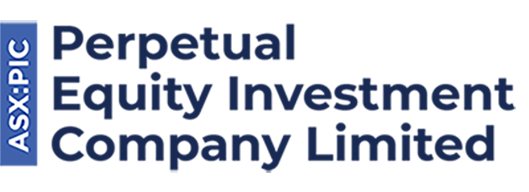
Reporting season is the period where ASX-listed companies report their financial result. This occurs at least twice a year. Under ASX Listing Rules, companies must report their financial results to investors within two months of the end of their accounting period. As most companies have a financial year end of 30 June, the main reporting season takes place in February and August when companies release their half year and full year results.
More colloquially, reporting season can often be dubbed the ’confession season’. This is because throughout the year, companies may announce profit expectations such as an earnings upgrade or downgrade. When companies report their half year or full year financial results, they will essentially reveal or ’confess’ whether they were able to meet their earnings guidance.
During reporting reason, companies will often release a ’pack’ of information to help investors and analysts understand the company’s financial position and how they are performing. This may include the half year or preliminary final report, highlights summary, investor presentation and any dividend announcement. Some companies may also release their annual report at the same time as their preliminary final report.
Common metrics of a company’s financial ‘health include revenue, expenses, profit/loss, debt and equity. Depending on the industry, other metrics may also provide an indication on the company’s performance. For example, sales activity for retailers, production and price achieved for output for a mining and resource company or interest margins for banks. Analysing the data in these ‘packs’ may also help investors and analysts form a view on the company’s ability to pursue strategic initiatives and growth opportunities.
Reporting season is also an important time for investors and analysts to receive insights from the company’s management and Board. This includes an outlook where companies often give an indication of the year ahead. For example, any earnings guidance in the short term or forecasts about future company activity. Reporting season also highlights the ’expectations game’ of investing which compares what the company reports versus market expectations (or consensus expectations). For example, on occasion, share prices of companies have been known to go up upon announcement of half year or full year results but then subsequently drop after a gloomy outlook. In contrast, a company’s share price may rise after reporting a loss, as it exceeded the consensus expectation of what the company would report. It also highlights the complexities involved in analysing corporate results.
Some companies may have a financial year end of 31 December, 31 March, 30 September or another date. Some companies may also report their financial position more than twice a year. For example, mining companies typically report a quarterly activity report and quarterly cashflow report. The company’s website will often have information about when the company will next report its financial position.
This is usually a very busy time for the Perpetual Investments team as they assess all the companies that release financial results. As well as analysing the results, the team organises calls and meetings with management of those companies to discuss performance, any restructures to their business and how they are allocating capital. Perpetual’s investment process focuses on identifying the quality and value of a company and therefore assesses companies on sound management, conservative debt, quality of business and recurring earnings. Therefore, reporting season is a critical time for the Portfolio Managers and Analysts to validate the investment case for companies already in their portfolio as well as companies they wish to add to their portfolio.
